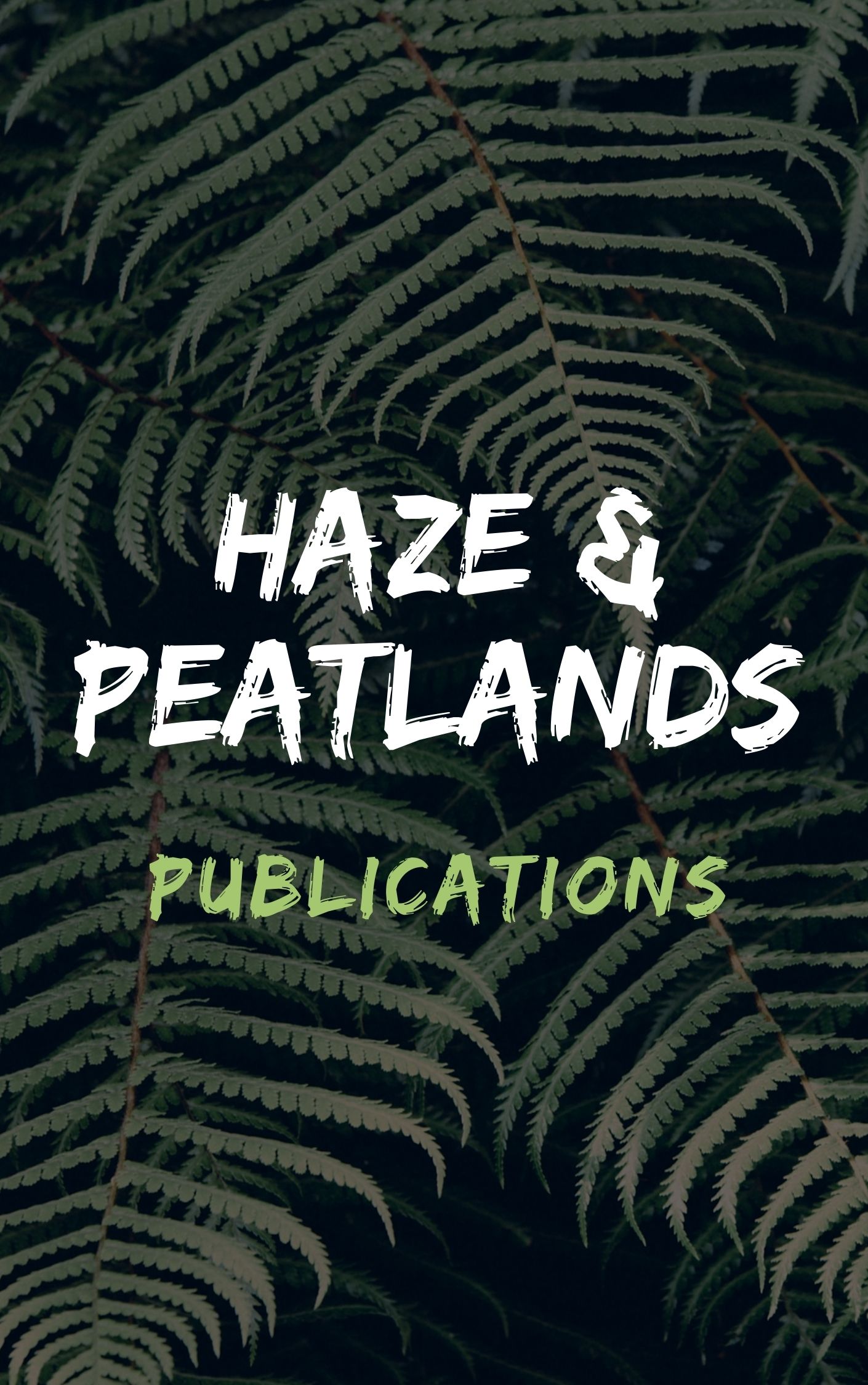The northern hill region of Vietnam geographically falls between Hanoi and the international border with China. Agriculture in this region is characterized by small holders in hilly to mountainous conditions, each farming areas of land typically smaller than one hectare. There is increasing concern about environmental degradation. Increased intensity of slash and burn agriculture has led to substantial degradation in soil fertility and physical attributes. In some places, there has been substantial erosion and remaining soils are shallow, with poor water infiltration and retention. Therefore, despite the high rainfall, water stress during dry periods can be severe and yields are often low with an average of 7-800 kg/ha, well below the national figures. Soyabean is seen as an important component of a sustainable mixed cropping system, principally in rotation with maize. It is used for local human consumption or in feed for swine. Because of the low productivity, farmers are reluctant to use basic inputs such as insect control, even when they are available.

